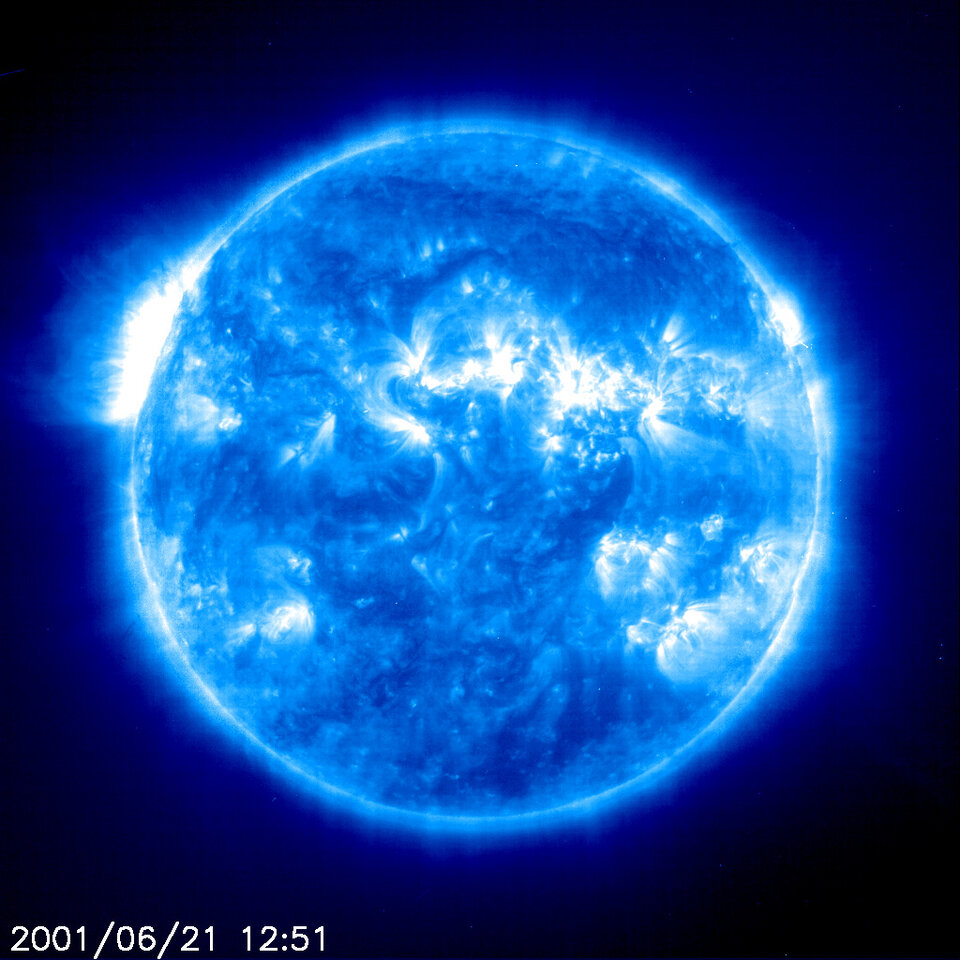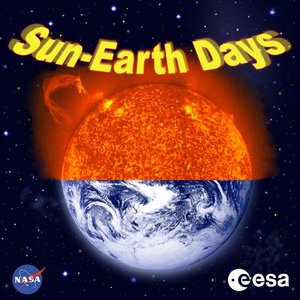Our environment in the context of space
In recent years, scientists have realised that the Earth's environment is linked to outer space in much subtler ways than ever expected.
Both long-term climate change and even day-to-day changes in the weather may have more to do with the conditions in outer space than was previously suspected.
During the middle of the twentieth century, scientists discovered that the Earth was sitting in the middle of a 'gale' of particles, produced in the outer reaches of the Sun’s atmosphere.
This 'solar wind' is constantly buffeting the Earth's magnetic field and upper atmosphere. In particular, it changes the electrical properties of Earth's upper atmosphere, but just how these changes affect the lower atmosphere – where the majority of Earth's weather occurs – is presently unknown.
Particles similar to those in the solar wind, but originating in the depths of deep space, are known as cosmic rays. These also strike the Earth.
They carry so much energy that they penetrate to the lower atmospheric levels and, according to some research, promote the formation of low-level clouds.
In addition to the particle bombardment from space, the Sun itself is irregular in its output of energy. Visible light and infrared radiation account for about 99% of the Sun's energy output and this seems to vary by about 1%.
Even this small fraction may be enough to induce climate change on Earth, if it is sustained for a long enough period of time.

Then there is the Sun's higher-energy radiation. Ultraviolet and X-ray emission only accounts for around 1% of the star’s energy output, but this is much more variable and can change by about 10%.
These rays can change the chemical and electrical properties of Earth’s atmosphere and so their importance to Earth is much greater than this small amount of energy would imply.
The full link between the Earth and Sun is now the subject of focused scientific investigation. To that end, ESA is a major partner in the 'International Living With A Star' programme. This project is designed to last for around a decade and aims to illuminate the links between the Earth’s weather and the Sun’s activity in space.





